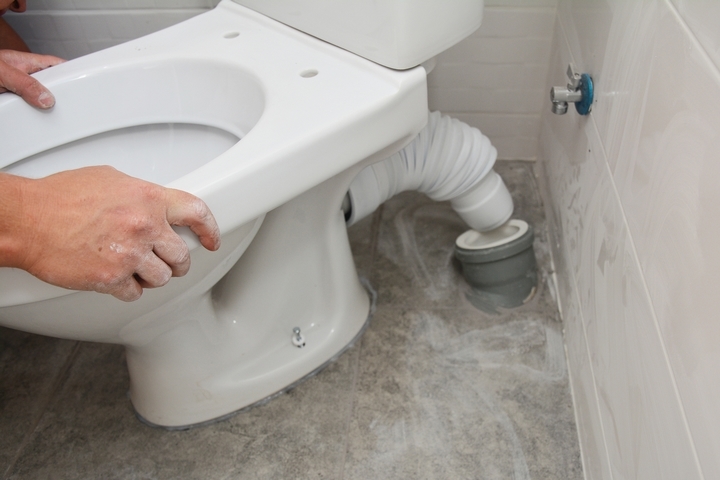A basic understanding of how a toilet works for the average person often doesn’t include any mention of the flange. This hidden part of the toilet can cause leaks when broken, loose, or improperly installed. This is, in fact, a common area a plumber goes to check when they show up to repair a toilet leak.
To cut down on your plumber calls, you need to be aware of what a toilet flange is. You should also understand what it does can aid in diagnosing the problem before a professional arrives.
Let’s learn about the symptoms of a bad toilet flange:
What is a toilet flange?
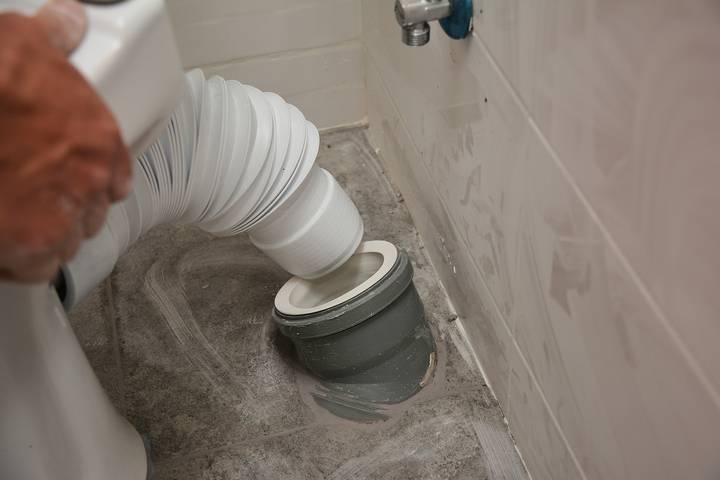
A toilet flange refers to a mechanical connection between the toilet drain and your home’s drainage system. Depending on the drainpipe, it is typically 3-4 inches in diameter.
The flange is made from PVC, copper, steel, or brass and bolted to the bathroom floor with either a metal or plastic ring, and the flange also acts as a floor mount for the toilet. It is sealed to your toilet’s drain with a wax ring to prevent leaking.
How to install a toilet flange
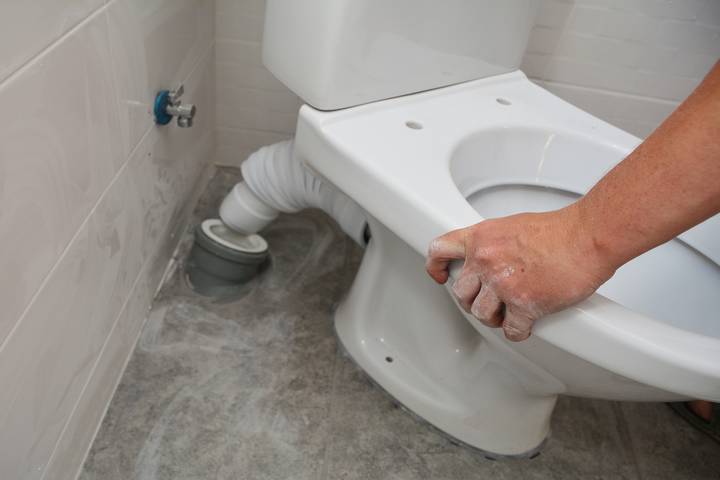
A toilet flange fits with the pipe, either sliding over it or the flange fits inside the pipe. The pipe’s length is adjusted according to the thickness of the floor finishing.
It is imperative to have the correct size diameter and the right height for a flange. If it’s not sized correctly, the flange may cause leaks with long-term usage and won’t be able to install as it should.
What will a broken flange do?
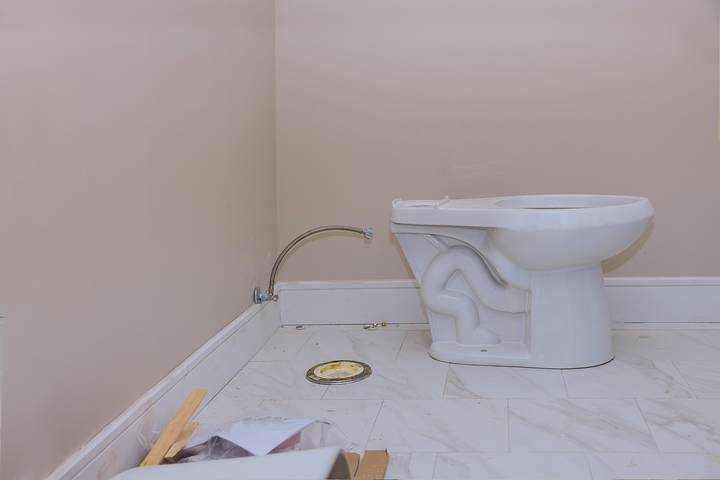
A broken or loose toilet flange is a problem and much more than a simple toilet leak. There’s a risk of flooding, water damage to your property, and even a release of sewage and gases inside your home.
A broken or bad flange can mean minor issues that become major, potentially causing structural damage. Contact a plumber Oshawa to have the broken toilet flange fixed right away.
Symptoms of bad toilet flange

Check the area around your toilet if you are concerned about a bad toilet flange. This is where you’ll most likely find something wrong that is unique to the flange.
Some symptoms of a bad toilet flange include:
- A leak around the bottom of the toilet
- An unpleasant odour that’s coming from outside the toilet around the bottom edge
- A loose toilet that shifts when you sit on it
These are all signs that the flange is not doing what it’s supposed to do. In addition, there are other signs of a bad toilet flange:
Flange flush and flooring

If you have redone your flooring recently, remember that the toilet flange has to be tightened to the flooring. A flange that isn’t flush with the floor will be trouble and lead to toilet leaks.
You can adjust the toilet flange height by cutting the pipe or using a flange extender, levelling it out properly with the floor.
Clogged toilet flange

A clogged flange can cause a backup in the toilet. If you can access the blockage, it’s an easy repair to clear it with the right tools. If this continues, you may want to contact a plumber to inspect what’s going on and buy a new toilet flange.
Cracked toilet flange
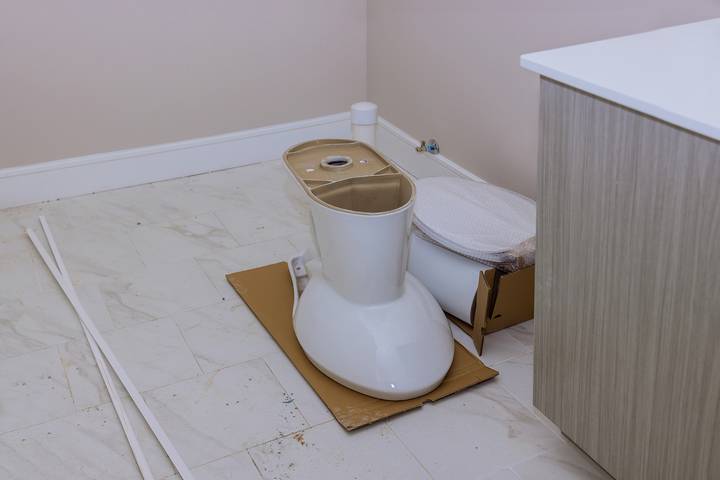
When you have water pooling at the base of your toilet, without a discernible crack in the porcelain structure, the next place to look is the flange.
It may be cracked or broken. This would mean your flange should be replaced. It isn’t worth it to repair a crack or broken flange. Buy a new one. Tailor it to your drainpipe and ensure it is correctly sized.
Loose wax ring
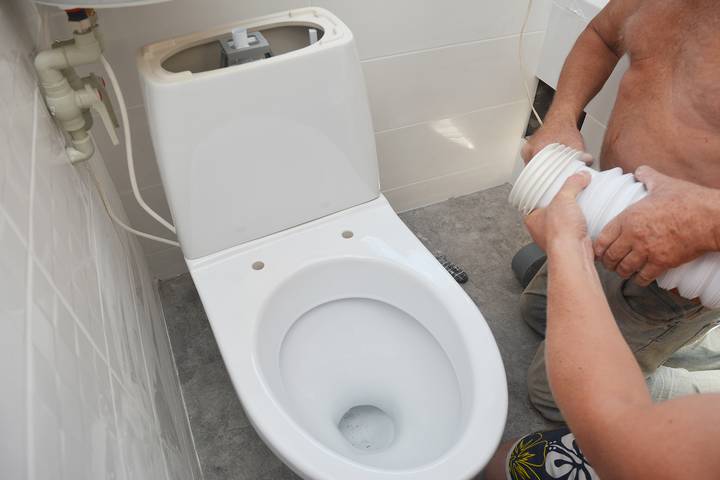
Around the flange is a wax ring that can loosen or break with wear and tear. This could be another reason for water pooling around your toilet. When the waterproof wax seal around your toilet is broken, there’s nothing to prevent water from escaping the toilet bowl. Replacing the waterproof wax ring around your flange is simple, but you want to ensure it’s done right because you don’t have many tries.
How to replace toilet flange
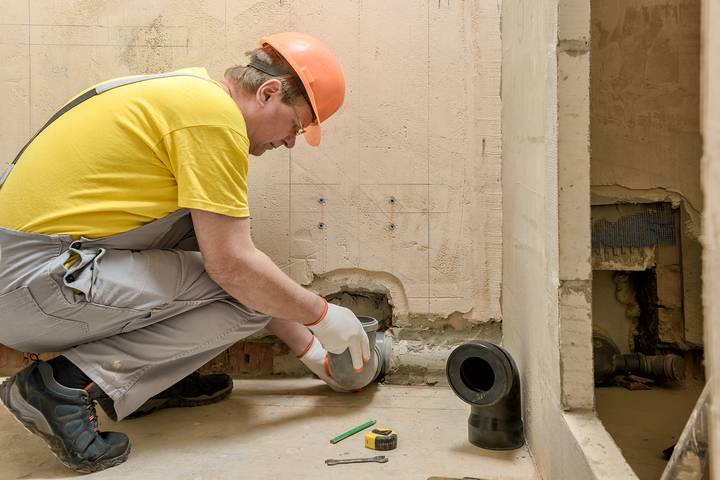
You can replace the flange on your own. The parts are very inexpensive. You will, however, need the right tools and be strong enough to lift the toilet. If you don’t want to DIY it, hiring a plumber will ensure the work is done right and by someone licensed. Ensure the bolts are secure and tight before walking away if you do it yourself.
Turn off the water supply and empty the toilet bowl, ensuring all water is drained. Detach the toilet. Remove the wax ring and unbolt the flange. Ensure the new flange is flush with the floor and secure it to the drain pipe. Place a new wax ring around the drain.
Put the toilet back onto the flange, pushing tightly to seal the wax ring to the flange. Secure the toilet, connect the water hose, and turn the water back on. Verify there are no leaks. You’re done.


